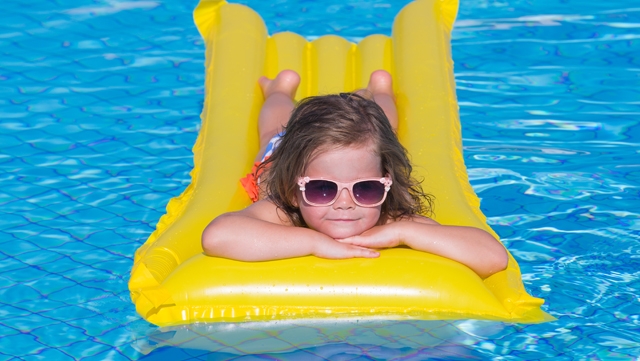How to Stay Safe in the Sun & Treat Burns
As the weather heats up it’s important to keep sun safety in mind. Although the sun can be very enjoyable it’s important to understand the negative effects of prolonged exposure and how you can prevent it from causing you discomfort or long term effects.
Suntans and Sunburns
Although it may be your summer goal, suntans are dangerous as they are a version of sun damage. Consistent or lengthy unprotected exposure to the sun can cause moderate to severe sunburns (ie. Radiation Burns). Even though suntans/burns do heal over time, prolonged exposure can cause irreversible damage to the skin which can ultimately lead to dark spots, moles or even skin cancer.
The following are common items used to protect your body while in the sun:
- Hat
- Sunglasses
- Umbrella
- Sunscreen – Croc Bloc*
- Water (too much is better than not enough!)
*Croc Bloc is exclusively available from First Aid Canada, main features of the product include: hypoallergenic, unscented, sweat-proof and water resistant, safe for children etc. click here for more information on Croc Bloc.
The following are common injuries caused by prolonged exposure to the sun:
Radiation Burns
Radiation burns can be a result from radiant energy produced by the sun, sun lamps and/or x-rays. It is important to minimize your time exposed to these powerful rays to avoid long-term damage:
Signs & Symptoms
- Redness of affected area
- Blistering
Treatment
- Get out of the sun and protect area from further exposure
- Relieve affected area with cool water or a wet towel
- If the victim experiences signs of heat stroke seek medical assistance
Heat Cramps
Excess heat and dehydration can cause the body to lose imperative salts and water content. If the body is unable to replenish itself without food or water, muscle heat cramps will occur. Heat cramps are commonly cause by physical activity in the summer heat.
Signs & Symptoms
- Pain and spasms in muscles or cramps due to overuse
- Difficultly moving affected muscle
- Sweating, fatigue, dizziness, headache, nausea
- Shock
Treatment
- Get out of the sun and protect area from further exposure
- Give food (salty snack/sport drink) and water to drink if victim isn’t nauseous
- Stretch and massage the cramp (Do NOT place cold compress on affected area)
Heat Exhaustion and Heat Stroke
Heat exhaustion is a reaction to sustained heat and sweating. If heat exhaustion is left untreated it will lead to heat stroke, which is more severe and can become life threatening. Here are signs and symptoms to look out for regarding heat exhaustion and heat stroke:
Signs & Symptoms
- Fear, anxiety, confused and/or disoriented
- Over-sweating, nausea, dizziness, headaches
- Restlessness, weakness, including a weak, rapid pulse
- Warm/dry (lack of sweating) skin temperate, vomiting, convulsions, unconsciousness (Heat Stroke ONLY)
Treatment
- Move victim to a cool spot and remove as much clothing as possible
- Cover lightly if victim feels cold
- Have victim drink water to if they do not feel nauseous
- Advise victim to drink ‘sport’ beverages to restore depleted body salt
- Call 9-11 if level of consciousness decreases or heat stroke is evident
The sun can be a very dangerous aspect of the summer season. To avoid discomfort, sickness and long-term effects of the sun it is important to use the tips mentioned above. Protect yourself to live a happy and healthy life.

